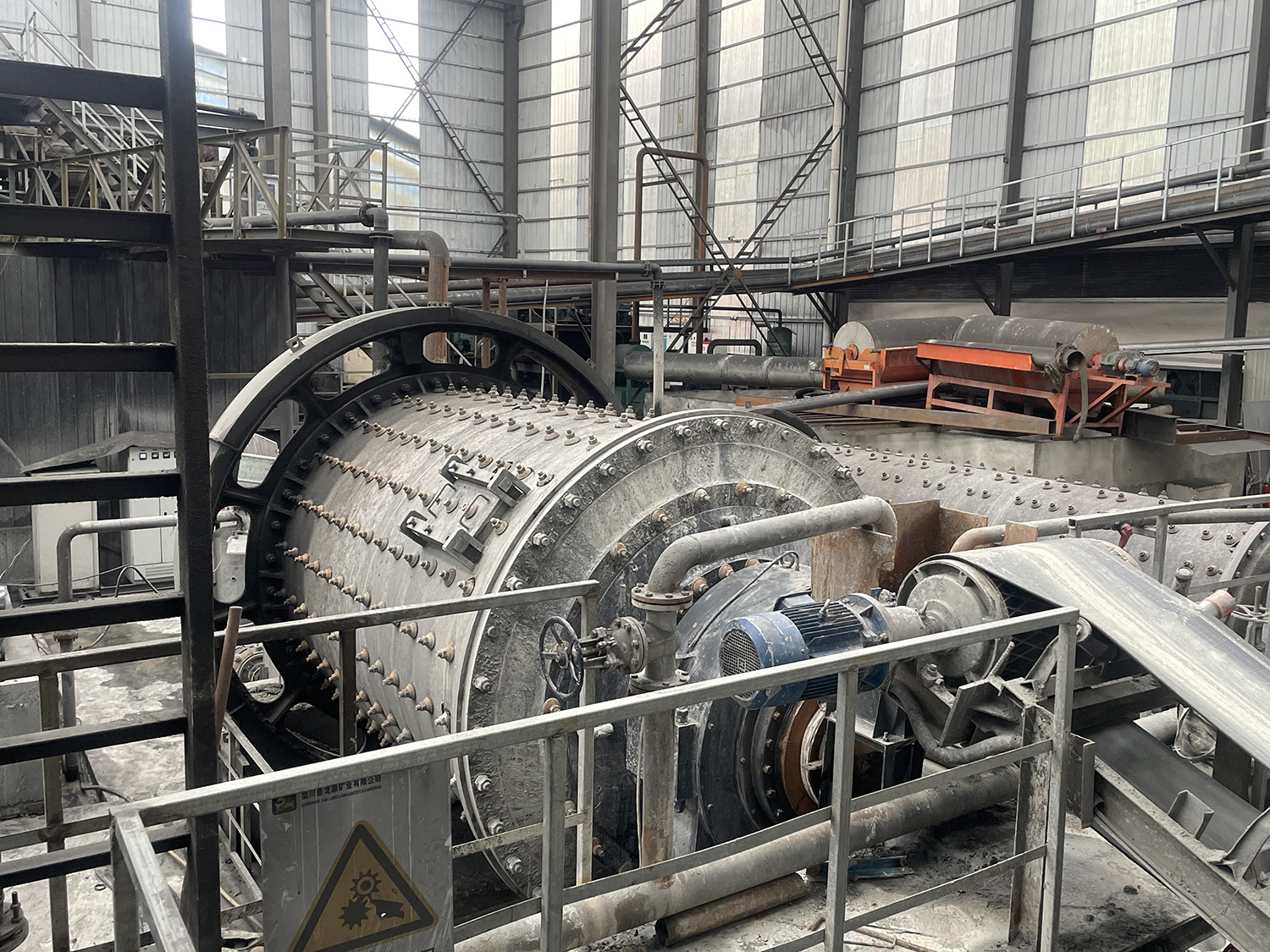The Ultimate Guide to Trommel Screens for Soil and Gravel Processing
Oct 05,2025

Trommel screens are specialized cylindrical screening devices that play a crucial role in the processing of soil and gravel. Designed to sort materials based on size, they are particularly effective for applications in the construction, mining, and recycling industries. Understanding how trommel screens operate and their benefits can significantly improve material handling efficiency and product quality.
At the core of a trommel screen's design is its rotating cylindrical drum, which is fitted with mesh screens or perforated plates. As the drum rotates, material is fed into one end, where larger particles are separated from smaller ones. The smaller particles pass through the openings, while the larger ones are discharged from the other end of the trommel. This mechanical separation process allows for efficient sorting of soil and gravel, making it a vital tool for many operations.
One of the primary advantages of using trommel screens for soil and gravel is their ability to handle large volumes of material with minimal effort. By allowing for continuous feed, trommel screens can process significant quantities of material in a relatively short time. This efficiency not only boosts productivity but also reduces operational costs associated with manual sorting.
Furthermore, trommel screens are known for their versatility. They can be customized with various screen sizes and configurations, making them suitable for a wide range of applications, from cleaning contaminated soil to sorting construction debris. This adaptability ensures that operators can achieve the desired material specifications, enhancing overall quality.
In addition to efficiency and versatility, trommel screens are designed with durability in mind. Constructed from robust materials, they can withstand the rigorous demands of heavy material processing. This durability translates to lower maintenance costs and longer service life, making them a worthwhile investment for businesses focused on long-term performance.
Another key benefit of trommel screens is their environmental impact. By effectively sorting and recycling soil and gravel, businesses can minimize waste and reduce the need for new raw materials. This not only supports sustainable practices but also aligns with increasing regulatory requirements concerning waste management and recycling.
Operators should also consider the ease of operation and maintenance of trommel screens. With user-friendly designs and accessible components, routine maintenance can be performed with minimal downtime, ensuring continuous operation and efficiency.
In conclusion, trommel screens for soil and gravel processing offer numerous advantages, from enhanced efficiency and versatility to durability and environmental benefits. Understanding their functionality and applications can help businesses optimize their material processing capabilities, making trommel screens an essential tool in the manufacturing and processing machinery industry.
At the core of a trommel screen's design is its rotating cylindrical drum, which is fitted with mesh screens or perforated plates. As the drum rotates, material is fed into one end, where larger particles are separated from smaller ones. The smaller particles pass through the openings, while the larger ones are discharged from the other end of the trommel. This mechanical separation process allows for efficient sorting of soil and gravel, making it a vital tool for many operations.
One of the primary advantages of using trommel screens for soil and gravel is their ability to handle large volumes of material with minimal effort. By allowing for continuous feed, trommel screens can process significant quantities of material in a relatively short time. This efficiency not only boosts productivity but also reduces operational costs associated with manual sorting.
Furthermore, trommel screens are known for their versatility. They can be customized with various screen sizes and configurations, making them suitable for a wide range of applications, from cleaning contaminated soil to sorting construction debris. This adaptability ensures that operators can achieve the desired material specifications, enhancing overall quality.
In addition to efficiency and versatility, trommel screens are designed with durability in mind. Constructed from robust materials, they can withstand the rigorous demands of heavy material processing. This durability translates to lower maintenance costs and longer service life, making them a worthwhile investment for businesses focused on long-term performance.
Another key benefit of trommel screens is their environmental impact. By effectively sorting and recycling soil and gravel, businesses can minimize waste and reduce the need for new raw materials. This not only supports sustainable practices but also aligns with increasing regulatory requirements concerning waste management and recycling.
Operators should also consider the ease of operation and maintenance of trommel screens. With user-friendly designs and accessible components, routine maintenance can be performed with minimal downtime, ensuring continuous operation and efficiency.
In conclusion, trommel screens for soil and gravel processing offer numerous advantages, from enhanced efficiency and versatility to durability and environmental benefits. Understanding their functionality and applications can help businesses optimize their material processing capabilities, making trommel screens an essential tool in the manufacturing and processing machinery industry.
Hot Tags:
PREVIOUS:
Contact Us
E-mail:byunfei2000@gmail.com
Wechat/WhatsApp:+86 17324886663
WhatsApp:+86 18738568071
Address:No. 12 Industrial Road, Zhaipo Town, Xinxiang, Henan Province







